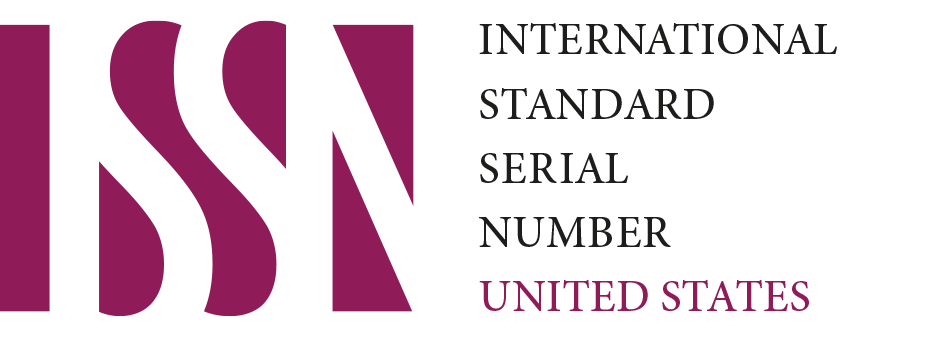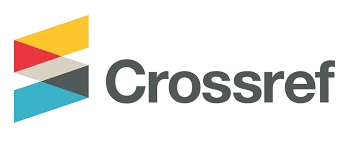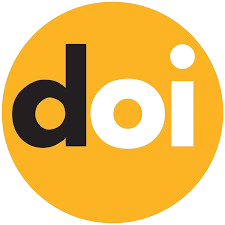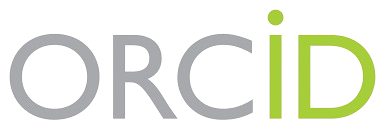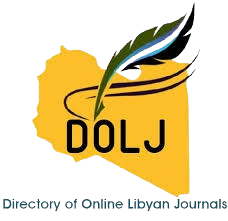إدارة الموارد البشرية وموقعها في الهيكل التنظيمي للمنظمة الحديثة
Abstract
This study aims to provide a clear image, or even a roadmap, of the role of human resource management (HRM) for all concerned parties, including students in the field of administrative knowledge, as well as businesspeople and investors working in various administrative sectors, and anyone affected by the rapid and continuous changes occurring in the business and administrative environment.
To achieve these objectives, this study will be divided into the following sections:
- The concept and nature of human resource management.
-The traditional and modern perspectives of human resource management.
-The functions of human resource management.
-The foundations and components of the human resource information system.
-Areas of use and steps for developing the human resource information system.
-Requirements for the success of human resource information systems.
The organizational structure refers to the formal framework established by the organization's management, outlining all activities, coordination processes, and tasks assigned to the organization's members. As such, an increase in the scale of operations and activities usually leads to adjustments in the structure, and sometimes a redesign. A sole proprietor does not require an administrative structure because they can handle all the administrative tasks related to their small business, whether in production, marketing, or finance. However, as the business size and production volume grow, it becomes impossible for the owner to perform the administrative functions, including human resource management, by themselves. This led to the serious consideration of establishing human resource management and determining its position in the organizational structure as a result of the development of organizations, the diversity of organizational types, the increasing size of organizations, the growing number of owners, and their widespread presence. Along with this development of human resource management, its authority expanded, with one of its goals being to support departments by providing effective human resources capable of achieving the desired goals.
Despite the variety of organizational structures, medium and large-sized organizations tend to consolidate and divide roles within a specialized unit or units for human resources. This can be done through creating a centralized personnel management body with supervisory authority over branch operations, or through a decentralized model that coordinates with branches while allowing full autonomy for their internal activities. One of the most common structural divisions, particularly in industrial and production organizations, is functional organization based on single or related operational activities, where each department is responsible for performing specific assigned tasks.


